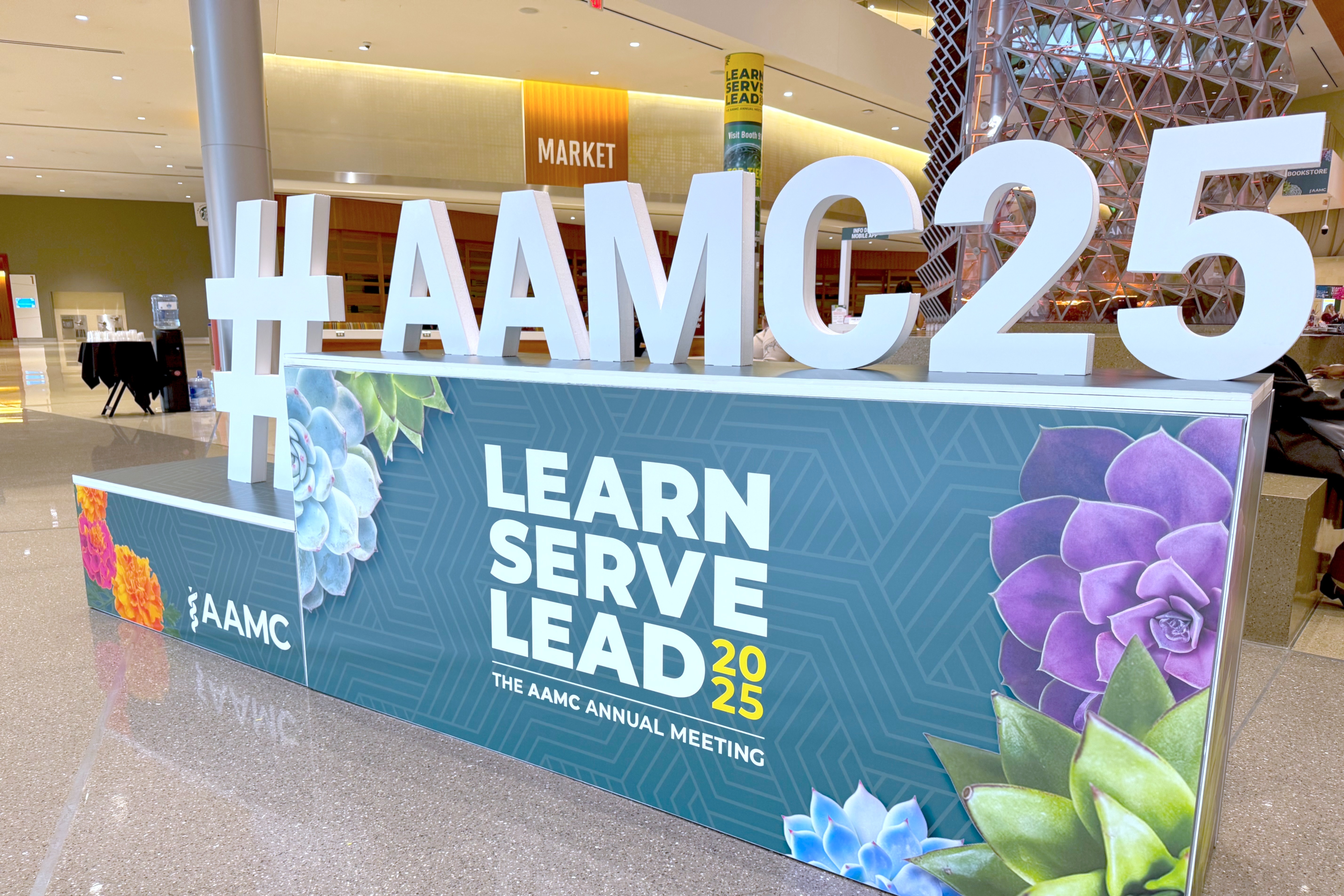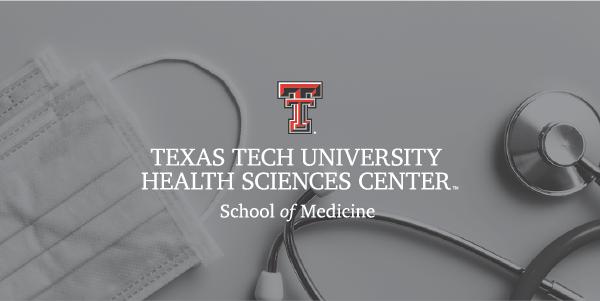Advancing Access: JAMP Shares Texas’ Statewide Pathway Model Nationally at AAMC Learn Serve Lead 2025
Texas JAMP highlighted statewide collaboration, pathway innovation, and scholar success at AAMC Learn Serve Lead 2025, reinforcing Texas’ leadership in expanding access to medical education.



